Phenolic Insulation Board: Cost-Benefit Guide for Large Projects
2025-10-08 13:15:54
In the construction of large-scale buildings, balancing energy efficiency, safety, and cost is a key challenge. Among high-performance insulation options, Phenolic Insulation Board has gained prominence for its low thermal conductivity, robust fire resistance, and long-lasting performance.
Accurately evaluating the cost-benefit of Phenolic Insulation Board is essential for developers and contractors. Partnering with a China manufacturer capable of bulk supply further enhances project efficiency by providing stable pricing, reliable quality, and steady availability for extensive installations.
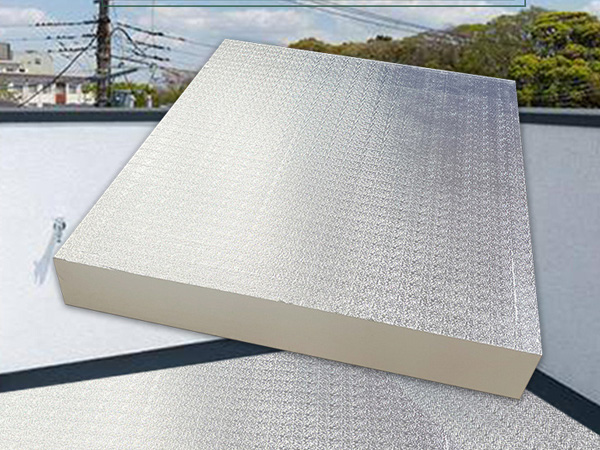
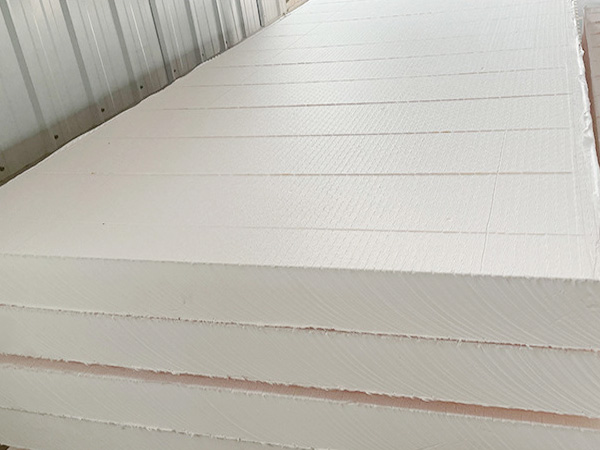
Core Advantages of Phenolic Insulation Board
1.High Thermal Efficiency
With λ-values as low as 0.020–0.023 W/m·K, Phenolic Insulation Board minimizes heat transfer, helping large-scale buildings achieve energy targets.
2.Fire Safety and Low Smoke Emission
Phenolic panels resist ignition and release minimal toxic smoke, making them ideal for projects with stringent fire codes.
3.Moisture and Dimensional Stability
The closed-cell structure resists water penetration, ensuring long-term insulation effectiveness and stable panel dimensions under variable conditions.
4.Ease of Installation
Consistent panel size and lightweight construction accelerate installation, reducing labor costs and project timelines.
Financial Considerations
1.Upfront Material Cost
Phenolic Insulation Board may have a higher initial cost than traditional insulation materials, but its superior R-value often allows for thinner panels, balancing expenses.
2.Long-Term Energy Savings
Reduced heating and cooling demand translates into significant operational cost reductions over the building’s life.
3.Maintenance and Durability
Phenolic panels require minimal maintenance, offering cost advantages over time.
4.Safety and Insurance Benefits
Enhanced fire performance can lower insurance premiums and reduce potential liability in large-scale projects.
Application-Based Insights
Roof Insulation
Roofs are major points of heat loss in large buildings. Phenolic boards allow for thinner, high-performance layers, saving material and space while maintaining energy efficiency.
Wall Insulation
External and internal walls gain improved thermal resistance, fire protection, and occupant comfort, enhancing the overall performance of the building envelope.
HVAC Ducting
Phenolic panels provide both thermal insulation and fire protection for extensive mechanical and duct systems, crucial for large-scale installations.
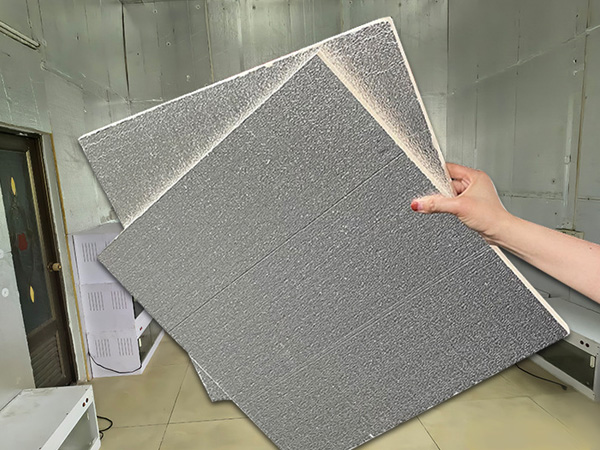
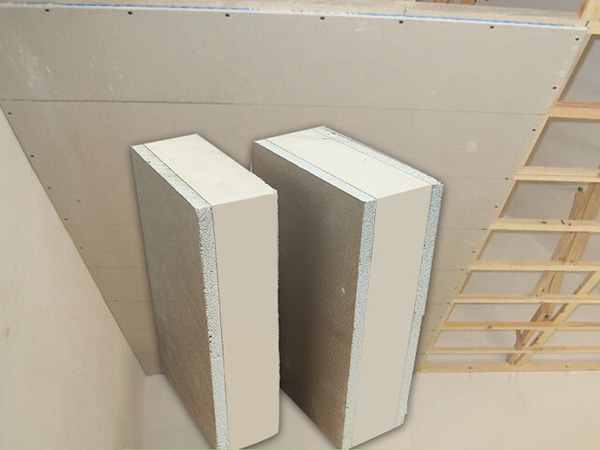
Advantages of Sourcing from China Manufacturers
Selecting a China factory with bulk supply capability offers clear project benefits:
·Consistent Quality: Factories often adhere to ISO, EN, and ASTM standards.
·Competitive Pricing: Bulk procurement reduces intermediary costs.
·Customization: Panels can be tailored in thickness, size, and facing material.
·Supply Stability: Large-scale production ensures ongoing availability for multi-phase or multi-site projects.
Evidence from Large-Scale Projects
Experience from major construction projects indicates:
·Energy reductions of up to 30% compared to conventional insulation.
·Faster installation timelines due to standardized panel dimensions and lightweight construction.
·Lower long-term maintenance costs and enhanced durability over 20+ years.
These factors collectively improve the cost-benefit ratio, making Phenolic Insulation Board a financially and technically sound choice.
Conclusion
For large-scale construction, the cost-benefit advantages of Phenolic Insulation Board are evident. While upfront costs may be higher, energy savings, reduced maintenance, and fire safety provide long-term returns.
Sourcing directly from a China manufacturer with bulk supply ensures project reliability, cost efficiency, and material consistency.
Ultimately, Phenolic Insulation Board is not only an insulation material—it is a strategic investment in sustainable, safe, and cost-effective building performance.
References
GB/T 7714:Feist W, Schnieders J, Dorer V, et al. Re-inventing air heating: Convenient and comfortable within the frame of the Passive House concept[J]. Energy and buildings, 2005, 37(11): 1186-1203.
MLA:Feist, Wolfgang, et al. "Re-inventing air heating: Convenient and comfortable within the frame of the Passive House concept." Energy and buildings 37.11 (2005): 1186-1203.
APA:Feist, W., Schnieders, J., Dorer, V., & Haas, A. (2005). Re-inventing air heating: Convenient and comfortable within the frame of the Passive House concept. Energy and buildings, 37(11), 1186-1203.
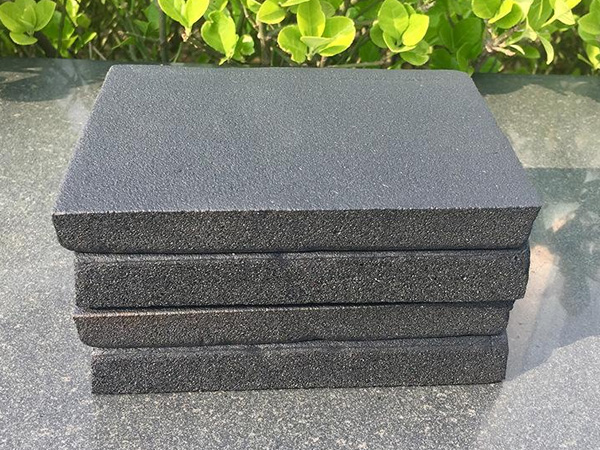
OurFlame Retardant Rubber Foamis a premium closed-cell elastomeric insulation material engi...
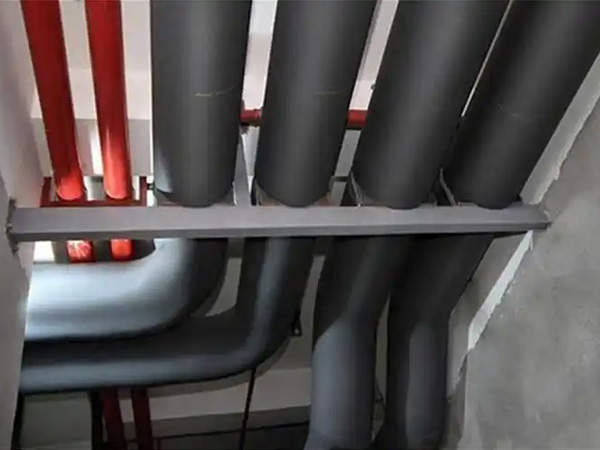
OurRubber Pipe Insulationis a high-performance solution designed specifically for HVAC pipi...
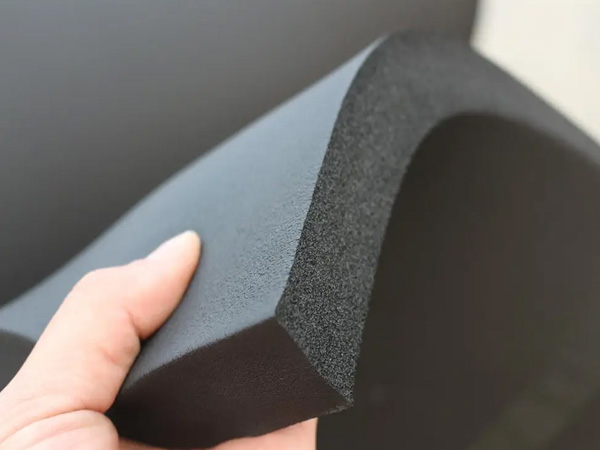
Rubber Foam Insulation Sheet – Product Introduction Premium Flexible Insulation for Therm...
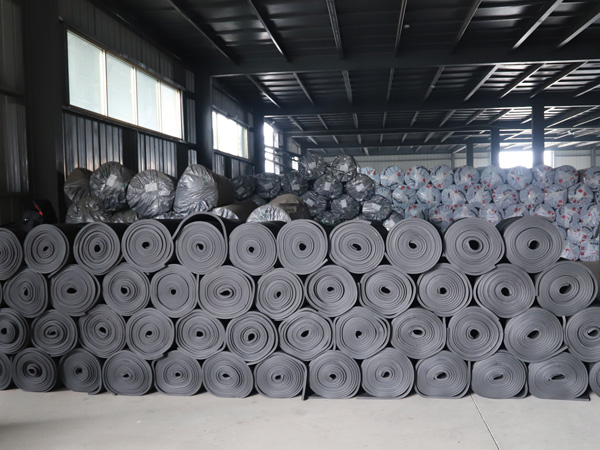
Specially engineered for refrigeration applications, ourElastomeric Rubber Insulationprovid...



